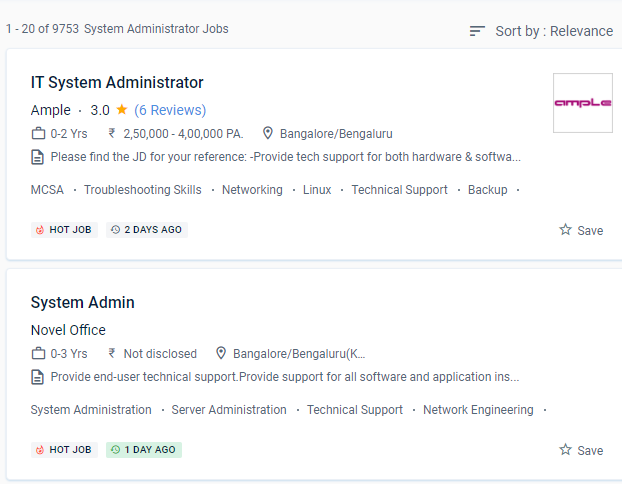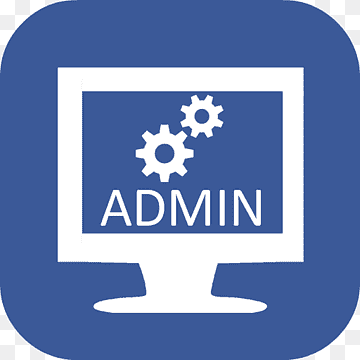System Administration Training by Experts
Our Training Process

System Administration - Syllabus, Fees & Duration
MODULE 1
- System administration introduction, policies, overview, UNIX history and basis
MODULE 2
- File systems and disks
MODULE 3
- Software installation concepts
MODULE 4
- Multi users basics, politics, policies and ethics
MODULE 5
- Automating administrative tasks
MODULE 6
- Networking
MODULE 7
- Backup and disaster recovery
MODULE 8
- DNS
MODULE 9
- SMTP, HTTP
MODULE 10
- Configuration management
MODULE 11
- Distributed computing
MODULE 12
- SNMP, monitoring
MODULE 13
- System security
This syllabus is not final and can be customized as per needs/updates





 The System Administration course in Houston will take you from working on a single machine to managing a complete fleet. Students who pursue a diploma in this field have a fantastic opportunity to expand their expertise. These experts may go on to become technology and IT managers in the future.
. Computer scientists research to develop new IT approaches that are both effective and efficient. Network architects have frequently experienced administrators who build data transmission systems from the ground up.
For secure, high-speed Internet access, they connect routers, modems, and firewalls. We'll take a deep dive into the cloud, covering everything from common cloud infrastructure setups to cloud resource management. Information technology (IT) experts execute the work of systems administration for a company.
They are IT-savvy and can troubleshoot any technical issues that are causing the system to malfunction.
The System Administration course in Houston will take you from working on a single machine to managing a complete fleet. Students who pursue a diploma in this field have a fantastic opportunity to expand their expertise. These experts may go on to become technology and IT managers in the future.
. Computer scientists research to develop new IT approaches that are both effective and efficient. Network architects have frequently experienced administrators who build data transmission systems from the ground up.
For secure, high-speed Internet access, they connect routers, modems, and firewalls. We'll take a deep dive into the cloud, covering everything from common cloud infrastructure setups to cloud resource management. Information technology (IT) experts execute the work of systems administration for a company.
They are IT-savvy and can troubleshoot any technical issues that are causing the system to malfunction.



















































































